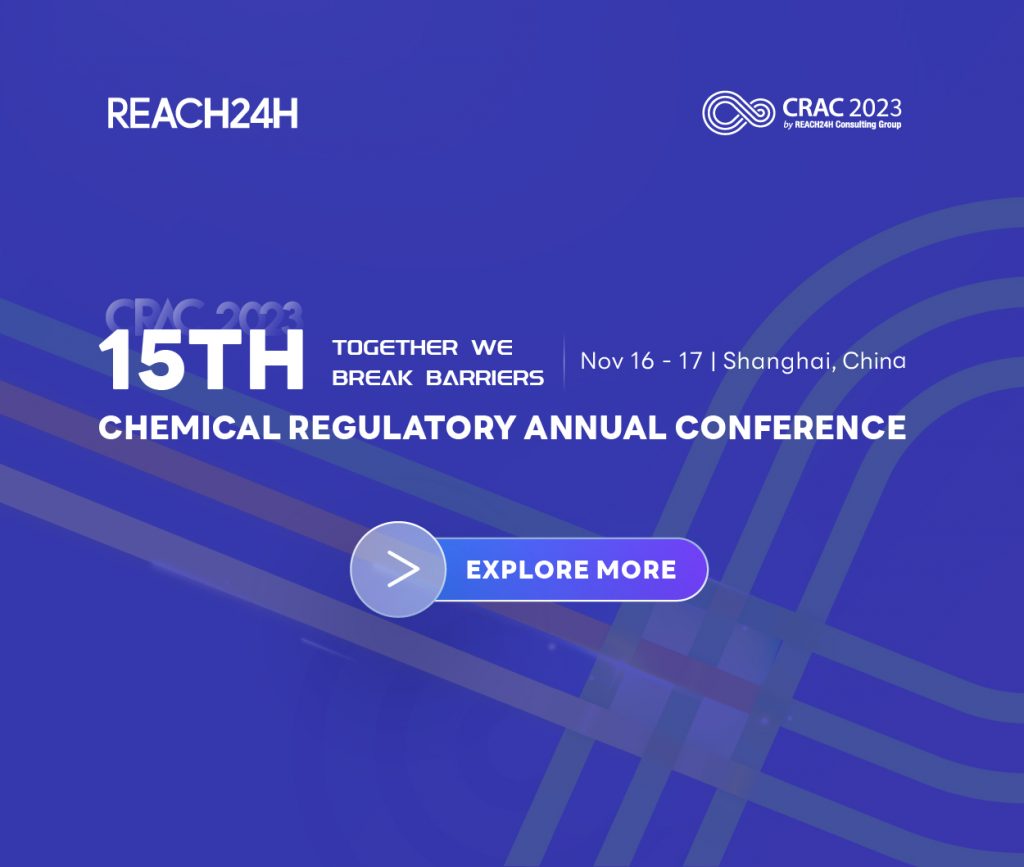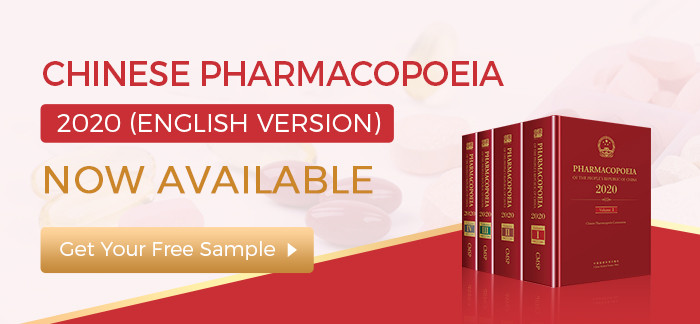Efficacy Claim Evaluation Report
Overview
Cosmetic products refer to chemical products for daily use intended to be applied on any external part of the human body (such as skin, hair, nails, lips, etc.) by spreading, spraying, or other similar ways to keep the body clean, protect the skin, improve and embellish appearance.
Cosmetics have various definitions in different countries (regions). To determine whether a product falls within the scope of cosmetics in China, the following three aspects may be taken into consideration:
| Aspects | Yes | No |
| Usage | Smearing, spraying, or other similar ways like rubbing | Skin whitening pill or Injection |
| Applied body parts | Any external part of the human body, such as skin, hair, nails, lips | Mouthwash or intimate wash |
| Functions and purposes of use | Cleaning, protection, enhancement, and embellishment | Florida water or bacteriostatic hand wash |
In China, cosmetics are classified into special cosmetics and general cosmetics.
Special cosmetics currently include 6 types of products, namely:
- hair dyeing
- hair perming
- freckle-removing
- whitening
- sunscreen
- anti-hair loss
- products with new efficacy
Products except for the above belong to general cosmetics.
Additionally, according to the place of last procedure that deals with the content of products, cosmetics are further classified into imported and domestic products.
Competent Authority in China
Administrative Department
Special cosmetics-National Medical Products Administration (NMPA)
General cosmetics-NMPA/local provincial Medical Products Administration.
Approval System
Special cosmetics – Registration
General cosmetics – Notification
Relevant Regulations
Standards for Cosmetic Efficacy Claim Evaluation
The standards stipulate that 20 kinds of efficacy claims require efficacy evaluation. The efficacy evaluation basis may include literature documents, research data, or test reports of efficacy evaluation tests (including human trials, consumer use tests, and laboratory tests). Cosmetic registrants and notifiers shall complete the efficacy evaluation and disclose the abstract of efficacy evaluation basis on the website specified by the NMPA for public view at the time of registration and notification.
Efficacy Claims Requiring Evaluation
| No. | Efficacy claim | Human trial | Consumer use test | Laboratory test | Literature documents/
research data |
| 1 | Freckle-removing and whitening | √ | |||
| 2 | Sunscreen | √ | |||
| 3 | Anti-hair loss | √ | |||
| 4 | Acne-removing | √ | |||
| 5 | Nourishing① | √ | |||
| 6 | Repairing① | √ | |||
| 7 | Anti-wrinkle | * | * | * | △ |
| 8 | Tightening | * | * | * | △ |
| 9 | Relieving | * | * | * | △ |
| 10 | Oil-control | * | * | * | △ |
| 11 | Exfoliating | * | * | * | △ |
| 12 | Hair breakage prevention | * | * | * | △ |
| 13 | Anti-dandruff | * | * | * | △ |
| 14 | Moisturizing | * | * | * | * |
| 15 | Haircare | * | * | * | * |
| 16 | Specific claims (claiming suitable for sensitive skins, tear-free formula) | * | * | ||
| 17 | Specific claims (efficacy of an ingredient)② | * | * | * | * |
| 18 | Claim gentle (no stimulation) | * | * | * | △ |
| 19 | Claim quantitative index (time, statistics, etc.) | * | * | * | △ |
| 20 | Claim new efficacy | The evaluation method should be selected according to the specific efficacy claim. | |||
| Notes:
1. √ means mandatory 2. * means optional, but it is a must to choose at least one of them. 3. △ means “can be combined”, but it is a must to conduct human trials, consumer use tests, or laboratory tests simultaneously. |
|||||
| Annotations:
① If the effect area of the efficacy claim is hair, real hair in vitro can be chosen for evaluation. ② It must be validated that the ingredient has the claimed efficacy, and the efficacy claim of the ingredient should be fully related to that of the cosmetic product. |
|||||
The above 20 kinds of efficacy claims require the efficacy evaluation and the disclosure of evaluation abstracts. It should be noted that there are two special circumstances for the efficacy evaluation.
Circumstance 1: Exemption from the disclosure of evaluation abstracts
Circumstance 2: Sharing of efficacy evaluation test data
For more information, please contact: customer@reach24h.com
Our Services
- Efficacy Evaluation Testing Monitoring
- Efficacy Evaluation Test Report Analysis
- Abstract of Efficacy Evaluation Test Report
- China New Cosmetic Ingredients Registration/Notification
- China Cosmetic Product Registration/Notification


